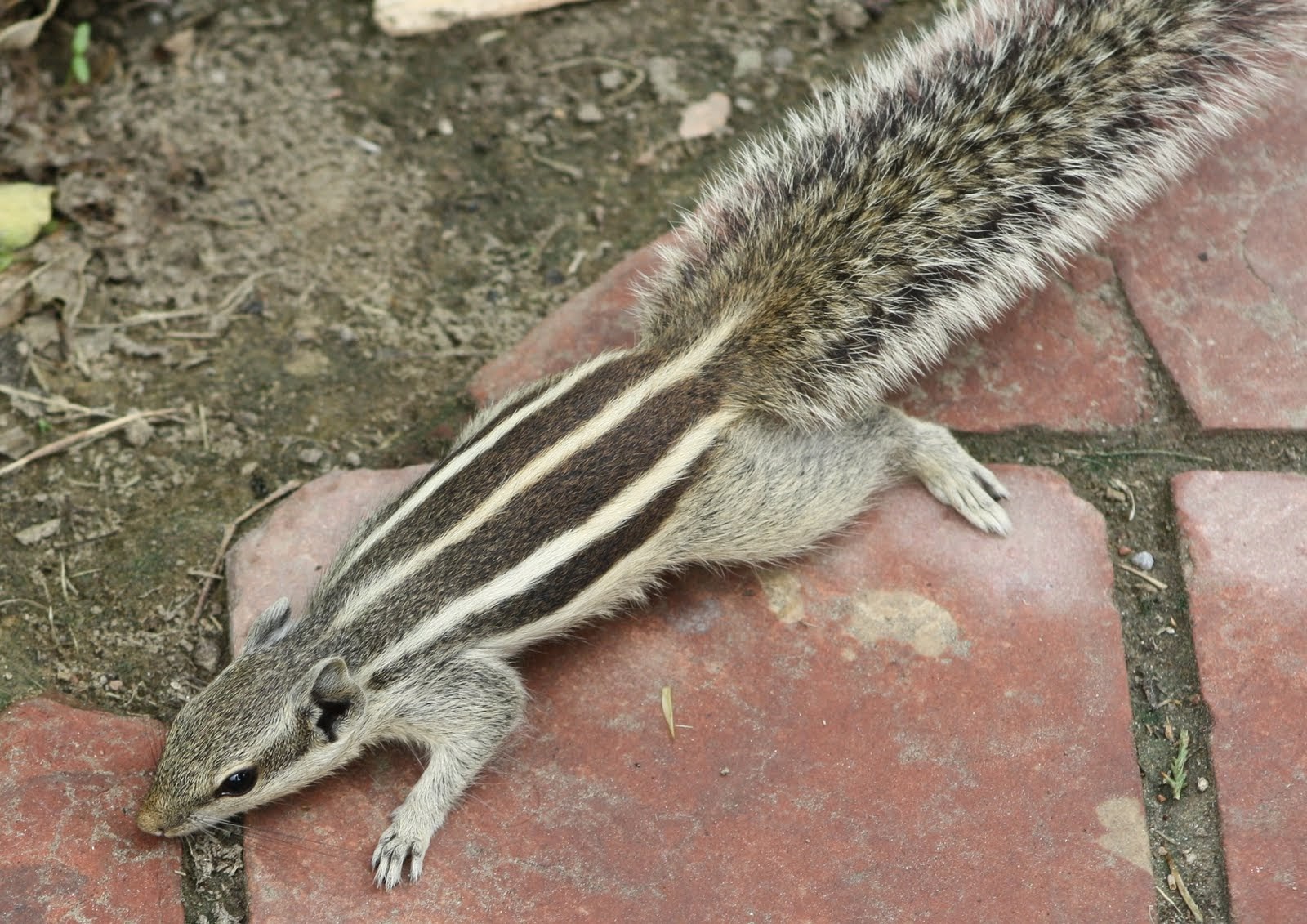Indian Pangolin (Manis crassicaudata)
Sinhalese: Kabal-Lawa
Tamil: Alangu
Description: The overall length of an adult male is about 140 cm, the female being about 91 cm. They are covered with large overlapping horny scales, and the forefeet have long, stout, curved claws for digging. The tongue is very long and sticky, and they have no teeth.
Distribution: Found throughout the lowlands and lower hills wherever there are termites.
Habits: The pangolins are solitary and entirely nocturnal animals spending the day curled up in their deep, damp burrows which can be as long as 3 meters. Their senses of sight and hearing seem to be poor, but the sense of smell is excellent, being used to ‘sniff’ out the nests of termites upon which they feed. Having dug down, they use their eggs and larvae. Pangolins have prehensile tails and are good tree climbers, which enables them to rob the large leaf-nests of the big red ant. Their only form of defense is to roll themselves into a tight ball, which is held firm by very powerful muscles.
Breeding: The gestation period is not known, and usually one young is born, occasionally two. When they are young, the mother carries them cross-wise on her tail, and they hang on very tight with their claws under the scales.




Comments